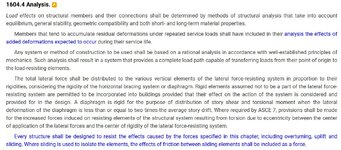If you aren't in the mood to do them, you can always do the "that's not my bag, man" approach and thank them for the call.
Most of the time I've dealt with this it's production homes built close together and then somebody runs a bulldozer between the two before the floor is in place (or after) and that's where you see the cracking (inside/tension face) due to soil pressure.
I've seen a lot of repairs "done" on paper, but I'm also, conversely, not aware of any established testing that routing out the grout and redoing it restores the required strength, if you want go down the "well-established principles of mechanics" route. (someday I'll have that phrase committed to memory, until then, there's the downloads folder on my computer.....).
I think the track record for engineers (speaking candidly) on assessing imminent collapse isn't fantastic. Cough Davenport Cough. FIU. Maybe it's a problem with the engineers doing the site visits, maybe it's a global "it ain't shaking so it's fine" complacency. Haven't decided. Would be tempting to go all ego and think it's a problem with the engineers in question and I'd never make that sort of mistake.
On the residential side, there's some stray lumber in the way like sill plates and double top plates and wall finish, and some of these walls are non-bearing besides the soil, so they don't always cause "total loss", anyway. There was a discussion somewhere on the board this fall after that low-rise gravity dam got bypassed in Minnesota, with a house hanging partly off the eroded riverbank.
View attachment 2512

